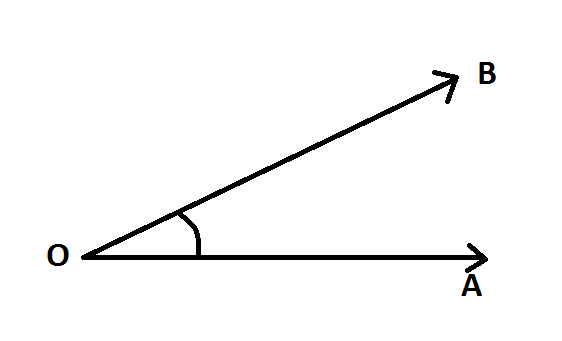OSPF(Open Shortest Path First) Routing protocol configuration on Packet Tracer
OSPF
- Link State Protocol
- Open Standard
- Successor of RIP
- Uses Dijkstra(shortest Path first(SPF) algorithm)
- Classless routing protocol
- Updates are sent through multicast IP address 224.0.0.5
- Triggered updates & periodic updates
- Hello packets are sent every 10 secs
- Dead time is 40 secs
- Administrative distance is 110
- Metric= cost =10^8/ Bandwidth in bps(CISCO)
- Unlimited hop count
- Faster Convergence
- Hierarchical design with multiple areas
- One area has to be designated as Area 0
-
Area 0(zero) is called the backbone area
Neighbor
-
Routers that share a common link become neighbors
-
Neighbors are discovered by hello packets
-
To become neighbors the following should match
- Area ID
- Hello and dead intervals
- Authentication
Adjacency
- Adjacencies are formed once neighbor relation is established
- In Adjacencies the database details are exchanged
OSPF TABLES
Neighbor Table:
It contains directly connected routers information
Database Table:
It contains complete topology of the network
Routing Table:
It contains directly connected networks and best path information is available, which gets from database table.
Wildcard mask= Global Subnet mask-Customized subnet mask
Eg: 255.255.255.255 255.255.255.255
255.255.255.0 255.255.255.240
------------------------ OR -----------------------------
0.0.0.255 0.0.0.15
--------------------------- ------------------------------
Syntax
Router(Config)#Router OSPF <pid>(process id 1-65535)
Router(Config-Router)#Network <Network id> <wildcard mask> area <area no>(any numbers)
Verification commands
Router#show ip ospf neighbor
To check the neighbor table.
Router#show ip ospf database
To check the database table. -
Routers that share a common link become neighbors
http://youtu.be/zodPkApSvTI

Comments
Post a Comment